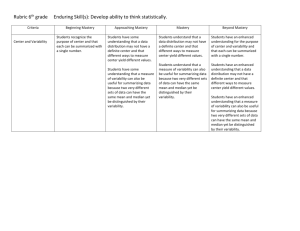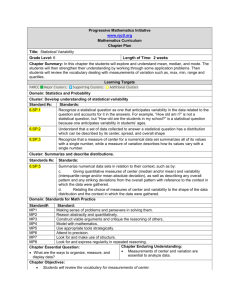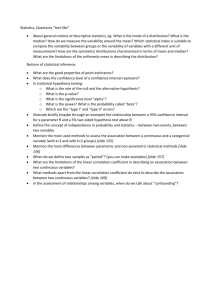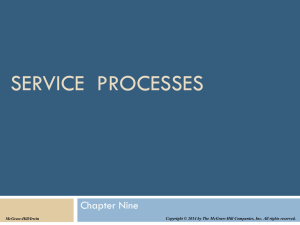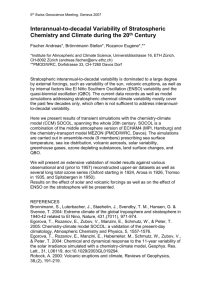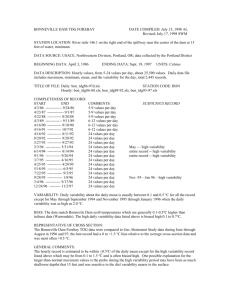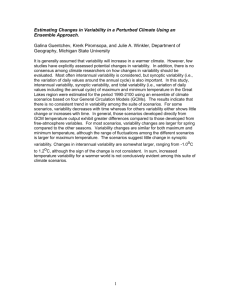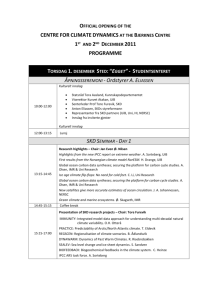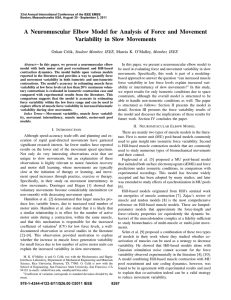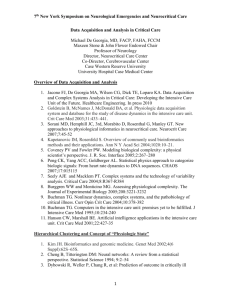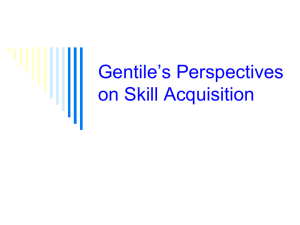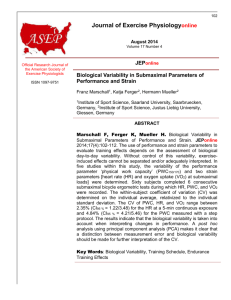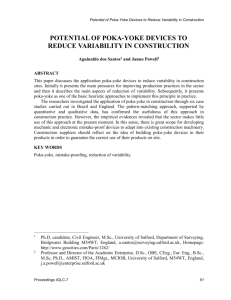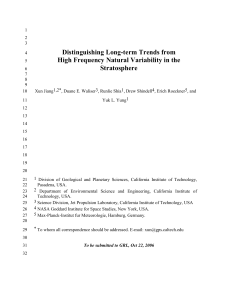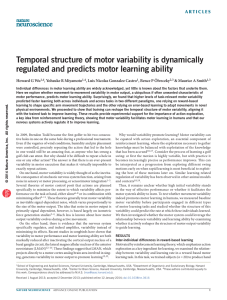Human Movement Variability: Applications in Robotic Surgery and
advertisement
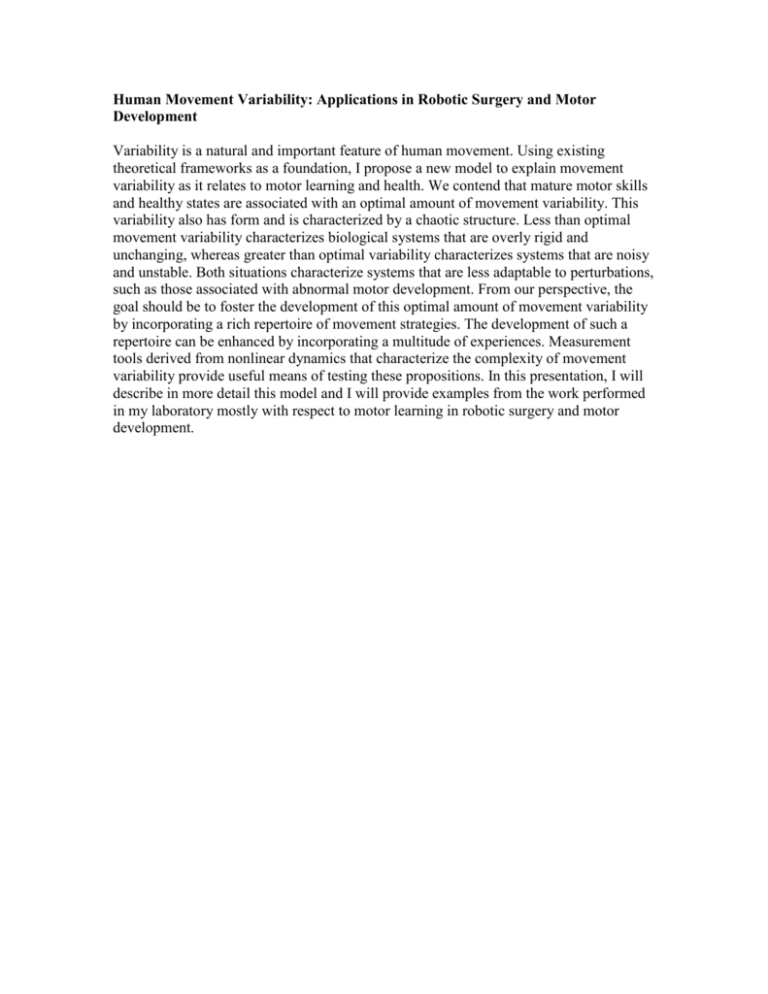
Human Movement Variability: Applications in Robotic Surgery and Motor Development Variability is a natural and important feature of human movement. Using existing theoretical frameworks as a foundation, I propose a new model to explain movement variability as it relates to motor learning and health. We contend that mature motor skills and healthy states are associated with an optimal amount of movement variability. This variability also has form and is characterized by a chaotic structure. Less than optimal movement variability characterizes biological systems that are overly rigid and unchanging, whereas greater than optimal variability characterizes systems that are noisy and unstable. Both situations characterize systems that are less adaptable to perturbations, such as those associated with abnormal motor development. From our perspective, the goal should be to foster the development of this optimal amount of movement variability by incorporating a rich repertoire of movement strategies. The development of such a repertoire can be enhanced by incorporating a multitude of experiences. Measurement tools derived from nonlinear dynamics that characterize the complexity of movement variability provide useful means of testing these propositions. In this presentation, I will describe in more detail this model and I will provide examples from the work performed in my laboratory mostly with respect to motor learning in robotic surgery and motor development.




